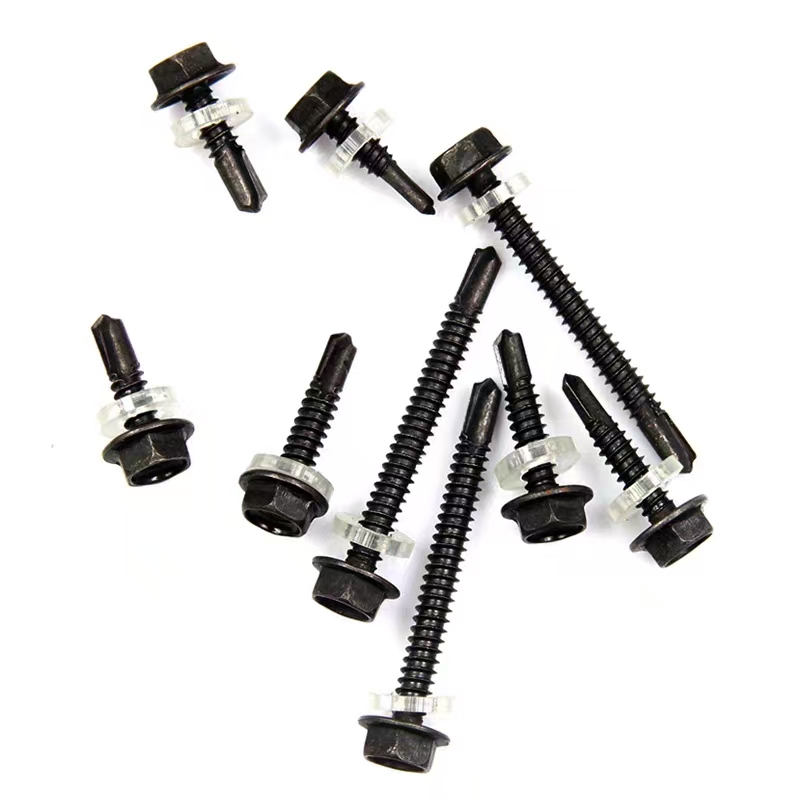- Chinese
- French
- German
- Portuguese
- Spanish
- Russian
- Japanese
- Korean
- Arabic
- Irish
- Greek
- Turkish
- Italian
- Danish
- Romanian
- Indonesian
- Czech
- Afrikaans
- Swedish
- Polish
- Basque
- Catalan
- Esperanto
- Hindi
- Lao
- Albanian
- Amharic
- Armenian
- Azerbaijani
- Belarusian
- Bengali
- Bosnian
- Bulgarian
- Cebuano
- Chichewa
- Corsican
- Croatian
- Dutch
- Estonian
- Filipino
- Finnish
- Frisian
- Galician
- Georgian
- Gujarati
- Haitian
- Hausa
- Hawaiian
- Hebrew
- Hmong
- Hungarian
- Icelandic
- Igbo
- Javanese
- Kannada
- Kazakh
- Khmer
- Kurdish
- Kyrgyz
- Latin
- Latvian
- Lithuanian
- Luxembou..
- Macedonian
- Malagasy
- Malay
- Malayalam
- Maltese
- Maori
- Marathi
- Mongolian
- Burmese
- Nepali
- Norwegian
- Pashto
- Persian
- Punjabi
- Serbian
- Sesotho
- Sinhala
- Slovak
- Slovenian
- Somali
- Samoan
- Scots Gaelic
- Shona
- Sindhi
- Sundanese
- Swahili
- Tajik
- Tamil
- Telugu
- Thai
- Ukrainian
- Urdu
- Uzbek
- Vietnamese
- Welsh
- Xhosa
- Yiddish
- Yoruba
- Zulu
- Kinyarwanda
- Tatar
- Oriya
- Turkmen
- Uyghur

Electro-galvanized cross countersunk drill thread
The Intricacies of Electro-Galvanized Cross Countersunk Drill Thread
Understanding the nuances of an Electro-galvanized cross countersunk drill thread is essential for any professional in the fastener industry. This might seem like a mouthful at first, maybe even convoluted jargon, but trust me, it’s worth dissecting. With years on the shop floor behind me, I've seen both breakthroughs and breakdowns when dealing with these components.
A Closer Look at Electro-Galvanization
Let's begin with Electro-galvanized. Now, this process involves coating the threads with zinc via electrochemical methods, and it’s where a lot of confusion stems from. I've encountered clients who equate it directly with hot-dip galvanizing, which is a mistake that could lead to unpleasant surprises down the road, especially in terms of corrosion resistance. At Handan Zitai Fastener Manufacturing Co., Ltd., located in the bustling industrial hub of Yongnian District, we ensure that our products meet specific environmental needs, leveraging the strategic advantages provided by our proximity to logistic giants like the Beijing-Guangzhou Railway.
I recall an instance where a batch was initially dismissed for what was perceived as uneven coating. The issue? A misunderstanding of what electro-galvanization visually entails, not realizing it’s less about aesthetics and more about achieving that chemical bond that provides superior rust resistance.
Comparing various zinc coating processes is crucial in selecting the right fastener, which recalls my encounter with a supplier trying to sell hot-dipped screws for a delicate interior project because they work everywhere. They don’t. Choose your coating wisely, folks.
The Complexity of Cross Countersunk Threads
I know, cross countersunk seems straightforward. It creates a clean finished surface, perfect for aesthetically sensitive tasks where a flush surface matters. But the real allure here, from experience, is how these are fitted. Too many times I’ve seen them misused, leading to stripped threads or worse, project delays. Handan Zitai emphasizes understanding the exact usage scenario and provides guidance to avoid these pitfalls—consider reaching out via their website at zitaifasteners.com.
One memorable experience was a client who insisted on countersinking into material too thin. Predictably, it led to cracking and compromised structural integrity. A gentle reminder: always double-check the material thickness against the thread length.
Interestingly, the combination of countersunk and electro-galvanized is powerful in marine environments, where both aesthetic and protection from harsh elements matter. That's where we see the true value of these fasteners.
Drill Thread Considerations
Drill threads simplify installations by eliminating the need for pre-drilled holes. Sounds convenient, right? But don’t let the efficiency fool you—proper pilot hole size calculations are critical. If it’s too tight, expect disaster. An incorrectly calibrated driver might exert excessive torque, and in my time at Handan Zitai, we’ve seen threads snap more often than one might think due to this oversight.
Not that long ago, a customer swore by oversized drill threads in thin sheets, ruling out other sizes. Without expanding too much, these create a stronger hold but misjudged down the line can mean big trouble. We've always worked closely to tailor the drill thread choice to actual application needs.
There’s a fine dance here, balancing torque, thread design, and material stress. Consulting product specifics from experienced manufacturers, as available on our online resources, is wise.
Real-World Challenges
In-field application throws unique wrenches into whatever plans you may have laid down neatly in theory. At Handan Zitai, a common issue we encounter is on-site atmospheric variances—like when coastal air unexpectedly accelerates corrosion, reminding everyone why proper specification up front saves a world of hurt.
One might never predict how installation angles or hidden weld seams would impact thread performance either. I once supported a retrofit involving a misaligned fastener in a steel frame, which wasn’t caught until late. Stress points were unanticipated and could have torn the entire frame apart.
Honestly, experience is key, but so is a willingness to consult. Accessible guidance, readily offered through a line at zitaifasteners.com, demystifies these problems, ensuring practical solutions over theoretical knowledge alone.
Final Thoughts
Piecing together the intricacies of an Electro-galvanized cross countersunk drill thread takes patience and practice. From my vantage point at Handan Zitai Fastener Manufacturing Co., Ltd., it’s clear that investing time to understand the componentry paves the way for success across diverse applications. Real-world integration differs greatly from textbook cases. Stay observant and informed.
These threads often solve problems you may not expect, standing the test in environments that challenge even the most seasoned engineers. Remember, the right choice today prevents the costly repercussions of tomorrow.
Related products
Related products
Best selling products
Best selling products-
 Colored zinc-plated nuts
Colored zinc-plated nuts -
 Stud bolts
Stud bolts -
 Hexagon socket hot-dip galvanized bolts
Hexagon socket hot-dip galvanized bolts -
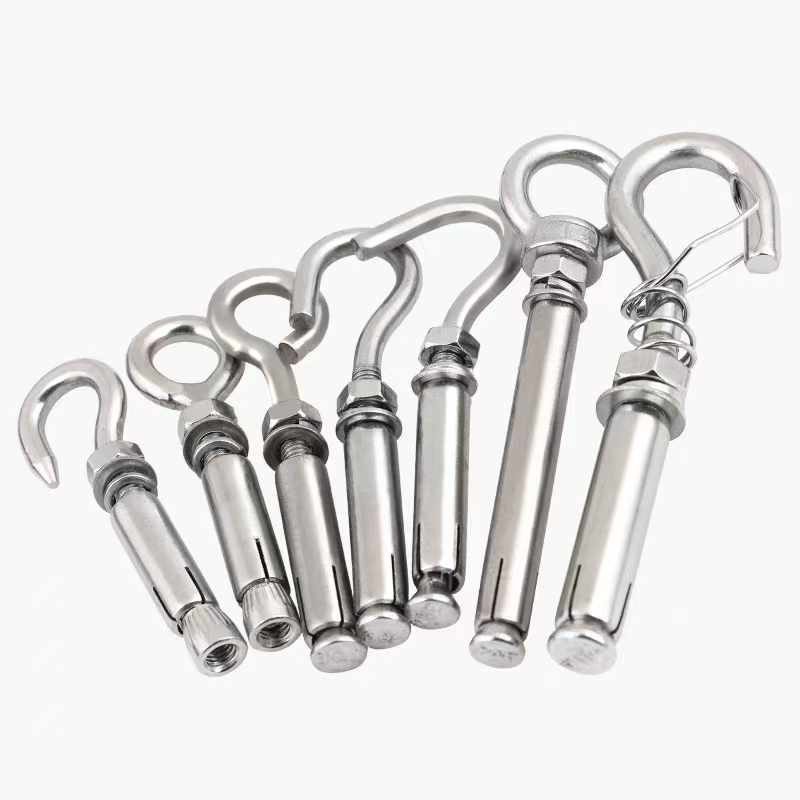 Electro-galvanized expansion hook
Electro-galvanized expansion hook -
 Colored zinc-plated cross countersunk drill thread
Colored zinc-plated cross countersunk drill thread -
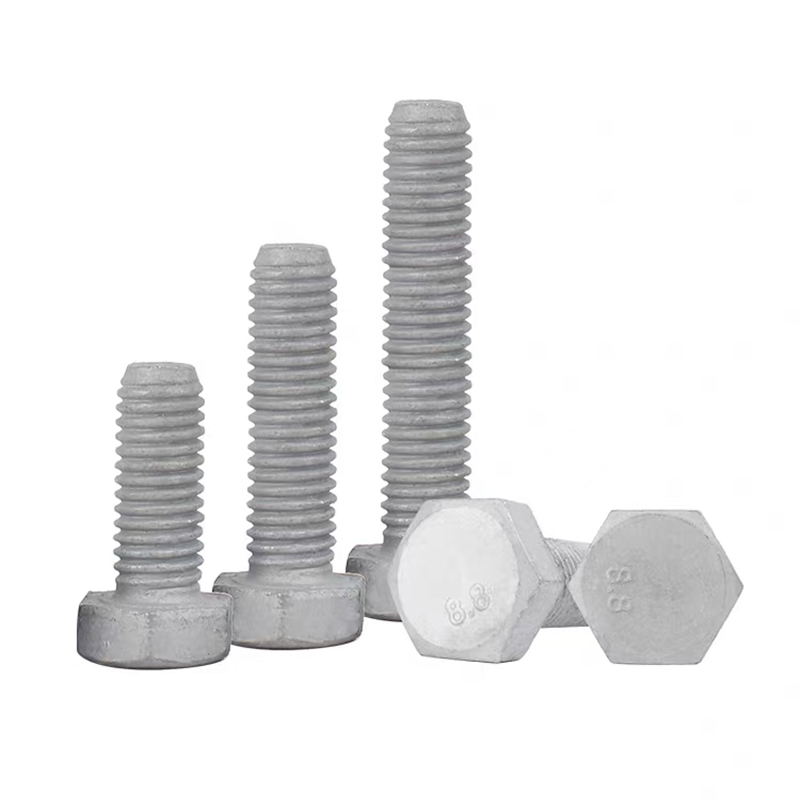 Hot-dip galvanized hexagonal bolts
Hot-dip galvanized hexagonal bolts -
 Black zinc plated hexagonal bolts
Black zinc plated hexagonal bolts -
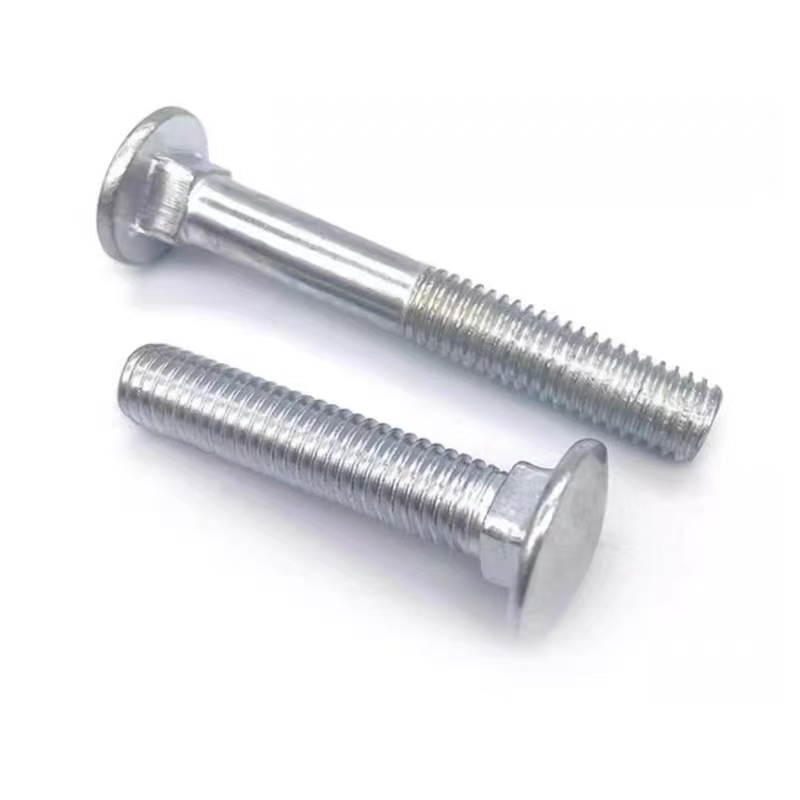 Carriage bolt (half-round head square neck bolt)
Carriage bolt (half-round head square neck bolt) -
 Colored zinc-plated gaskets
Colored zinc-plated gaskets -
 Colored zinc-plated expansion hook
Colored zinc-plated expansion hook -
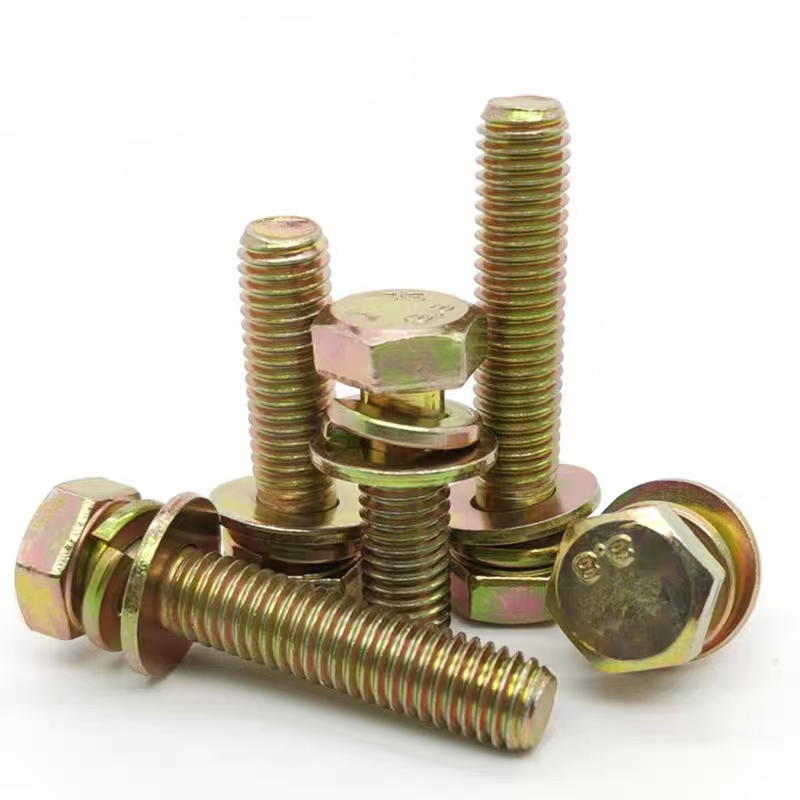 Colored zinc plated hexagonal bolts
Colored zinc plated hexagonal bolts -
 Electro-galvanized countersunk cross bolts
Electro-galvanized countersunk cross bolts





